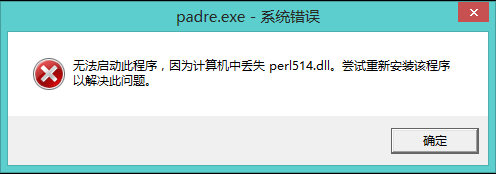我试图让这个
NativeCall运行的例子:
use NativeCall;
class p_timespec is repr('CPointer') {
has uint32 $.tv_sec;
has long $.tv_nanosecs;
}
sub clock_gettime(uint32 $clock-id,p_timespec $tspec --> uint32) is native(Str) { * };
my p_timespec $this-time;
my $result = clock_gettime( 0,$this-time);
say "$result,$this-time";
它只是段错误,这是你使用指针时发生的事情,你不应该.在这种情况下,可能是由于p_timespec的声明;我实际上已经宣布它为CPointer,虽然是the struct should be OK.但是,从分段错误我无法理解什么是真的错.有人可以帮忙吗?
解决方法
这里有两件事是错的.
>应使用CStruct表示
>您需要为其填充数据的结构实例,否则您将传递空指针
这似乎有效:
use NativeCall;
class p_timespec is repr('CStruct') {
has uint32 $.tv_sec;
has long $.tv_nanosecs;
}
sub clock_gettime(uint32 $clock-id,p_timespec $tspec --> uint32) is native(Str) { * };
my p_timespec $this-time .= new;
my $result = clock_gettime( 0,$this-time.tv_sec(),$this-time.tv_nanosecs()";
至于调试,Rakudo的安装过程还安装了perl6-gdb-m和perl6-valgrind-m;后者虽然很慢,但往往会提供一些有关内存错误的有用信息.



